Mostly Mute Monday: Crater chains of the Moon
Do craters only come in isolation? These images will make you think again!
“These spots have never been observed by anyone before me; and from my observations of them, often repeated, I have been led to the opinion which I have expressed, namely, that I feel sure that the surface of the Moon is not perfectly smooth, free from inequalities and exactly spherical… but that, on the contrary, it is full of inequalities, uneven, full of hollows and protuberances, just like the surface of the Earth itself, which is varied everywhere by lofty mountains and deep valleys.” –Galileo Galilei, of his observations of the Moon, 1610
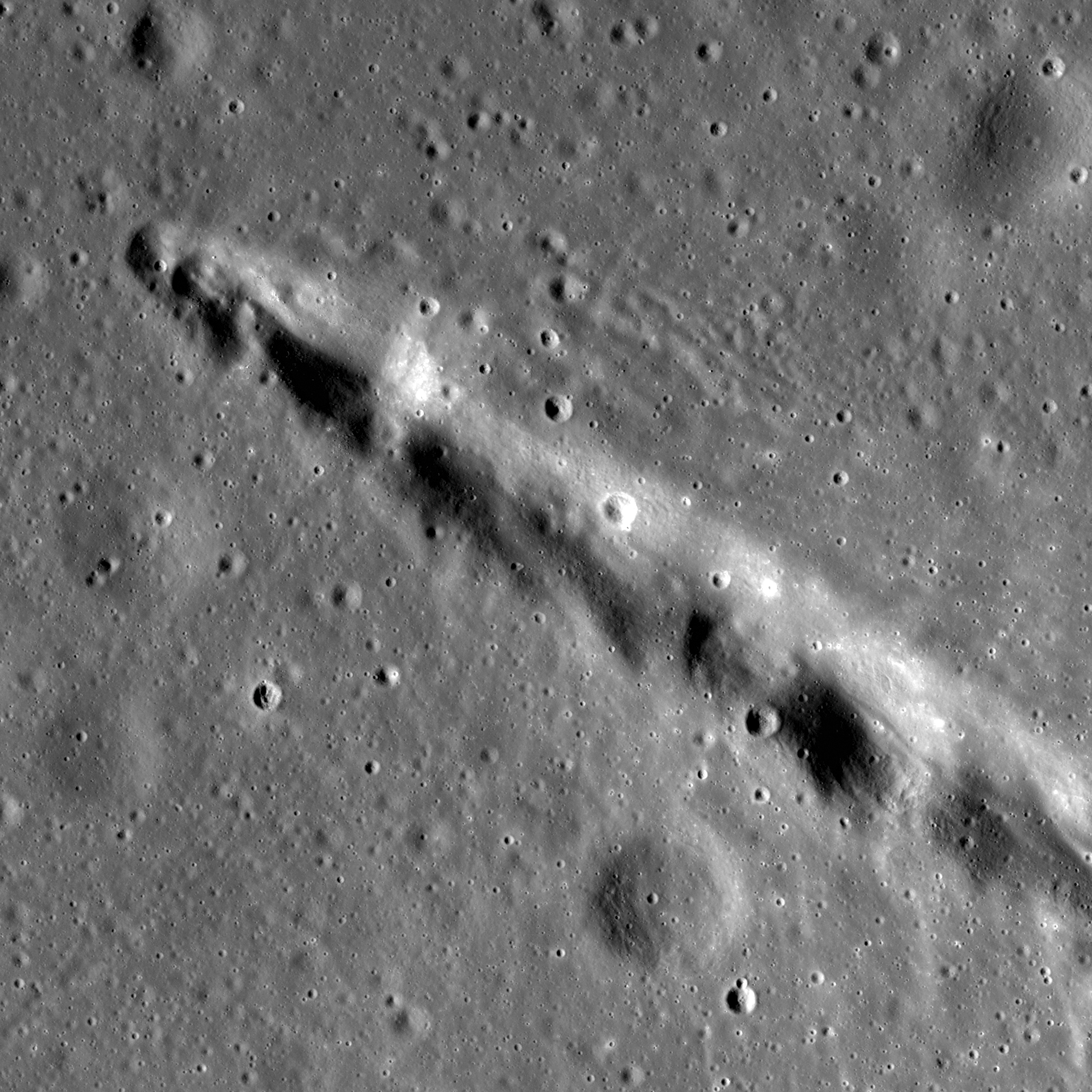
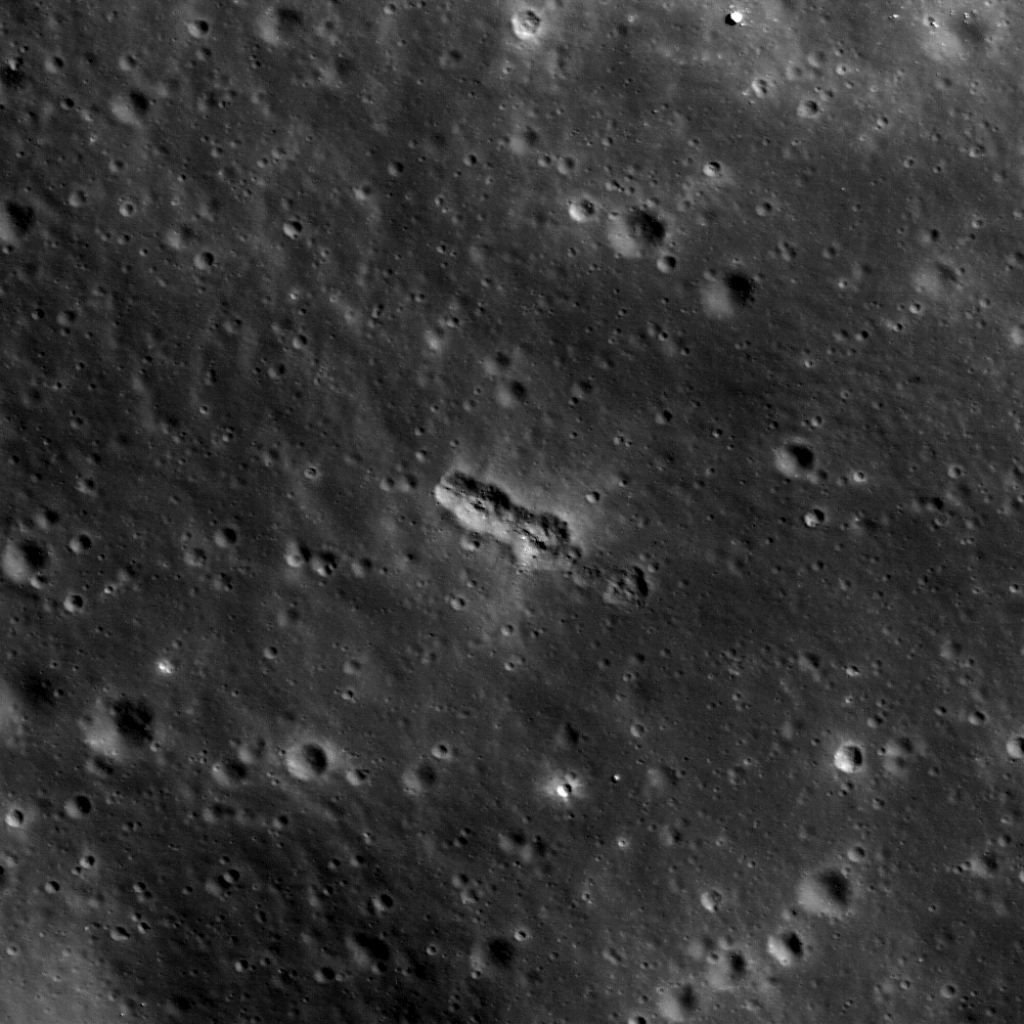


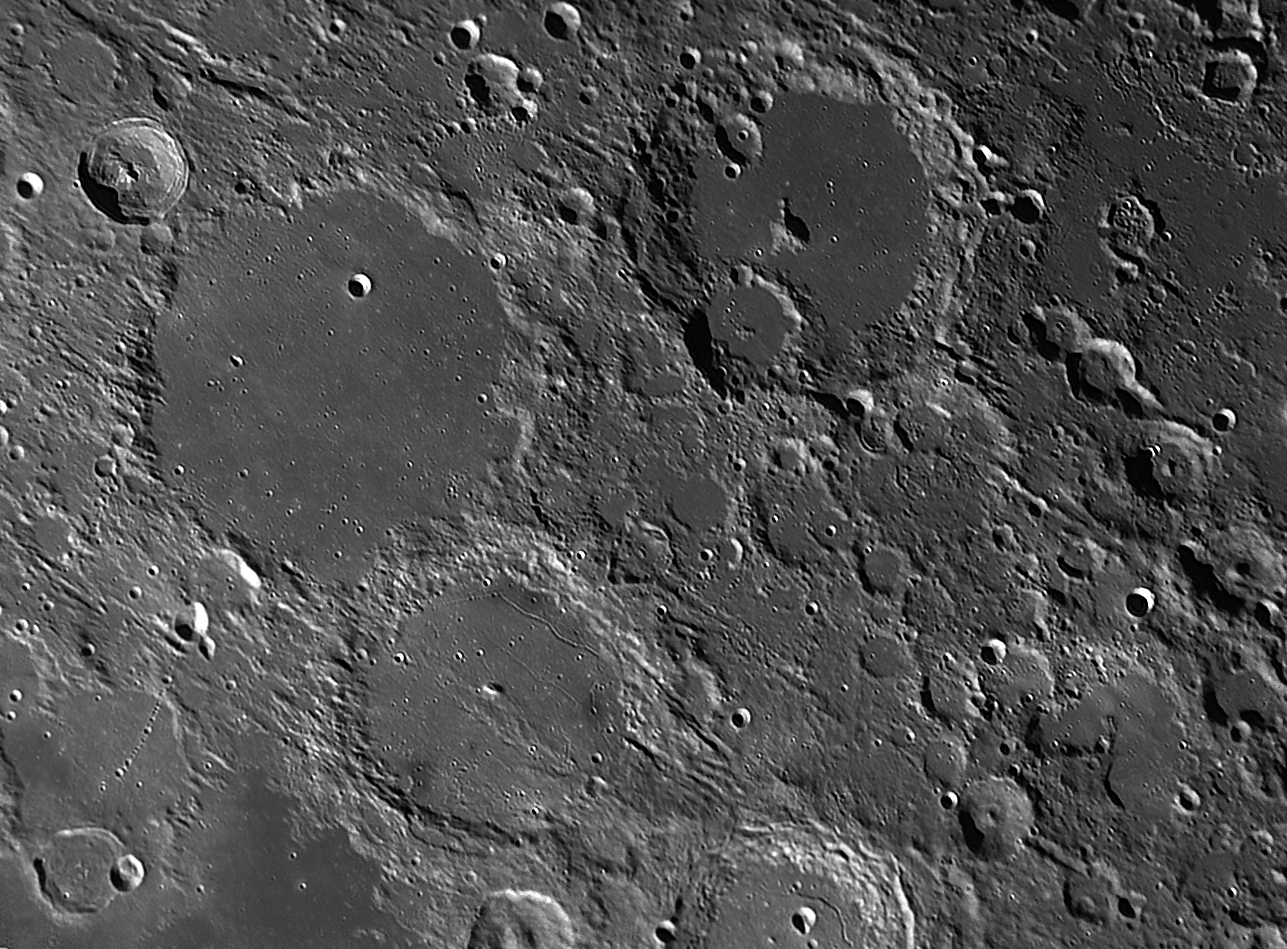

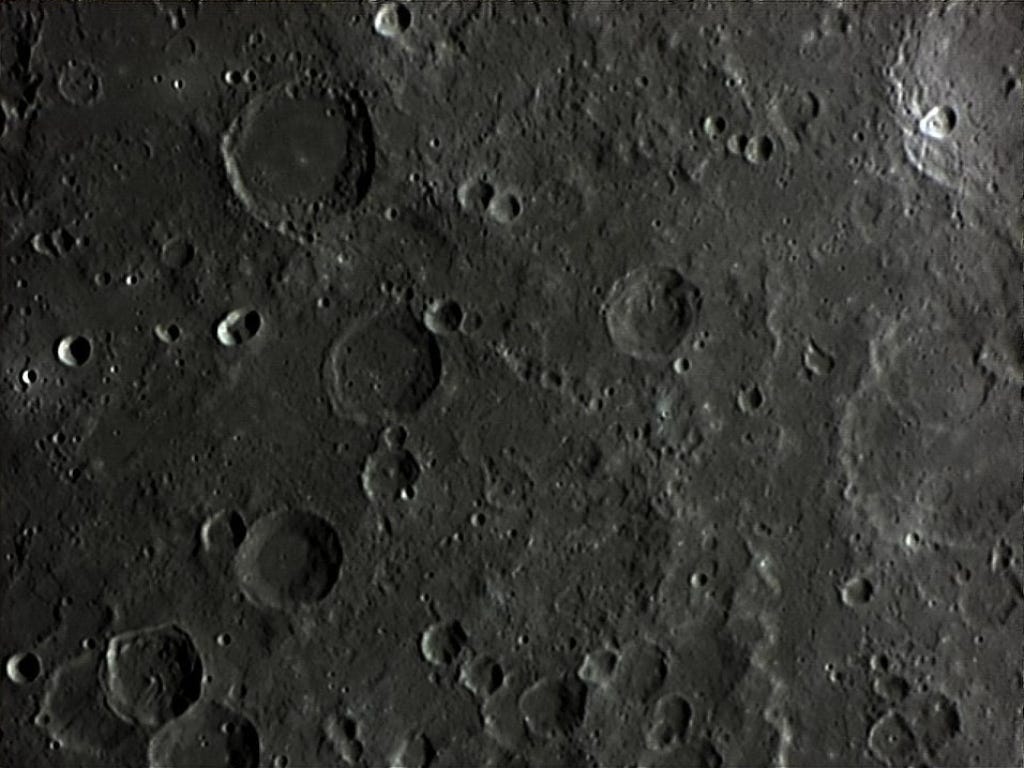
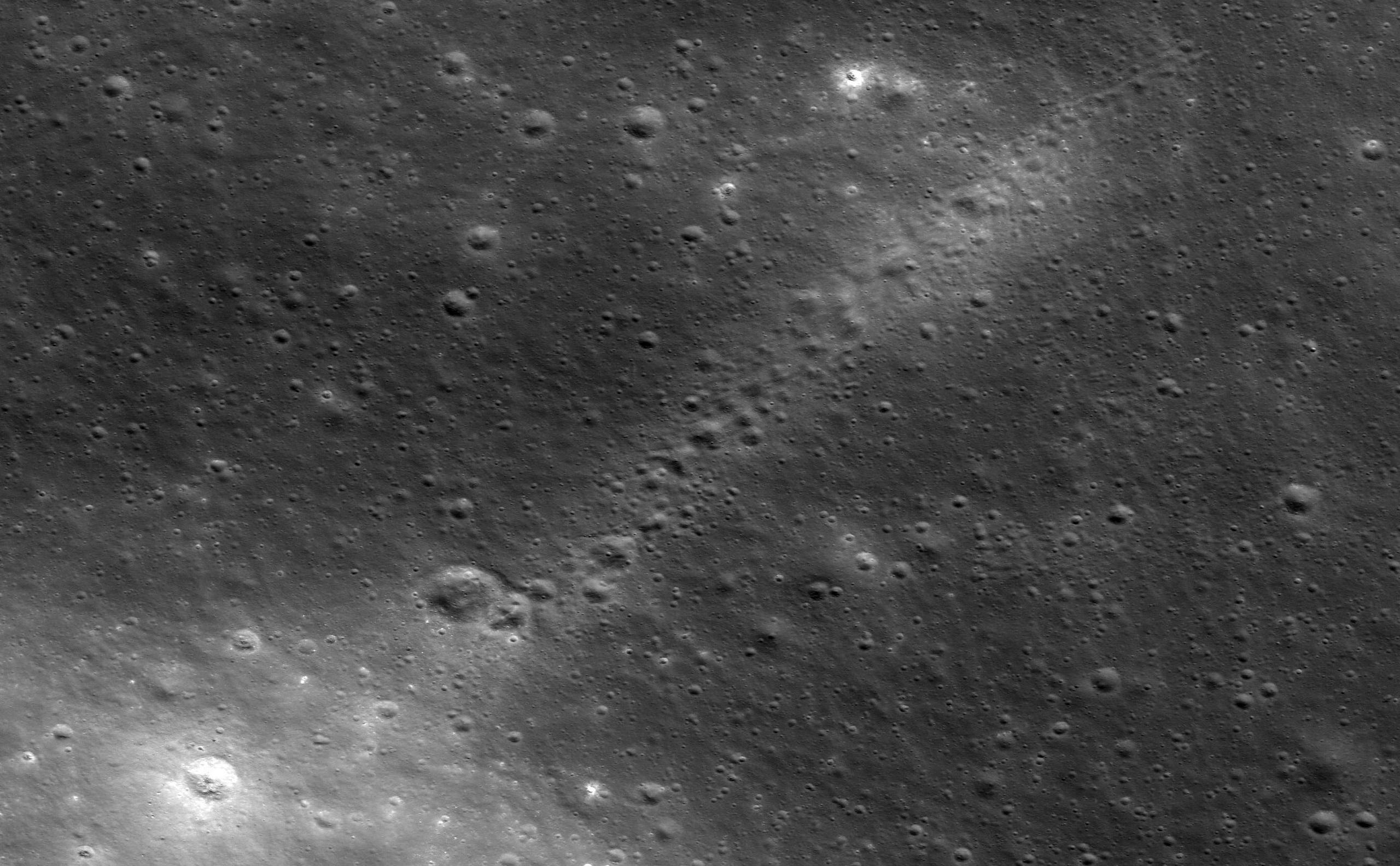
The Moon’s surface is billions of years old, and unaltered by oceans, weather, volcanism or even an atmosphere for the vast majority of its history. While craters young and old litter its surface, large numbers of catenae, or crater chains, can be found as well on both the near and far sides. While about 20 have been known since the 1990s, often extending for hundreds of kilometers, many more have been discovered with the advent of LROC and citizen science projects like Moon Zoo.
Formed by either secondary impacts (where the chains lead back to a larger crater), relics of volcanic or geologic fault activity, or by tidally disrupted comets-or-asteroids striking the surface, crater chains are found all over the Solar System, including on Mars, Ganymede, Callisto and possibly even Earth. The final image (below) shows Comet Shoemaker-Levy, which was broken apart by Jupiter’s gravity into more than 20 pieces; at least two of the Moon’s most prominent chains — the Davy Chain and the Abulfeda Chain — likely formed from such an object’s collision with the Moon.
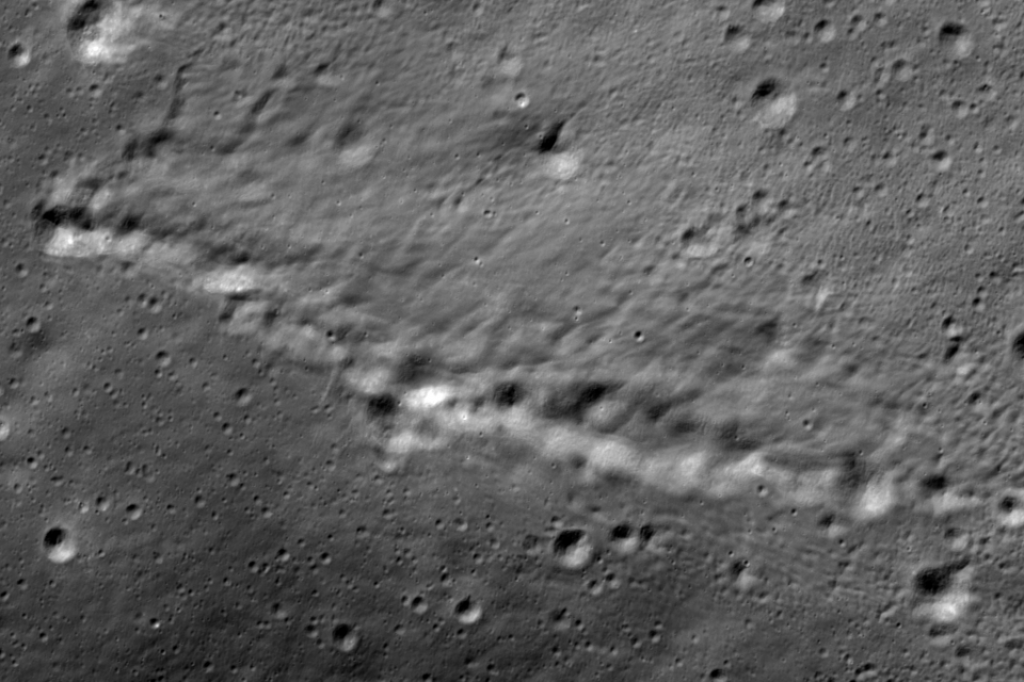
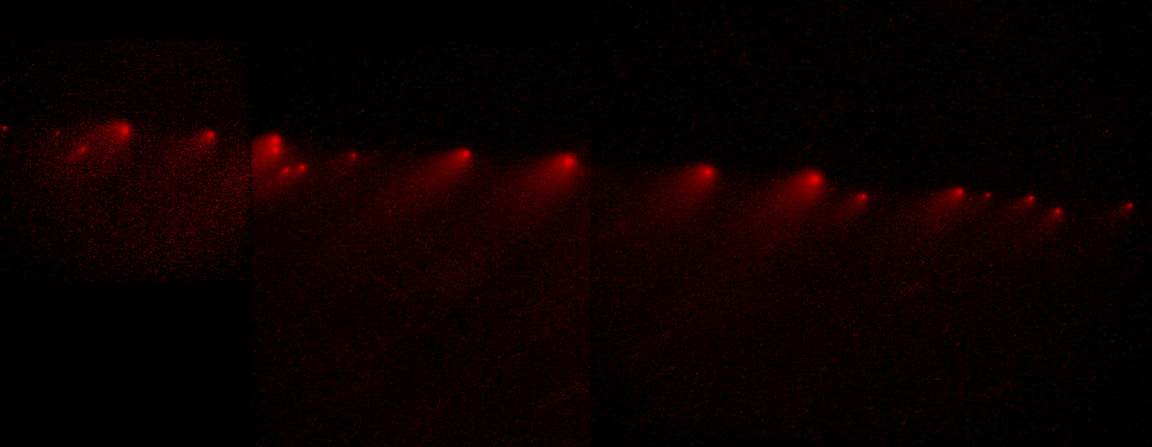
Leave your comments at the Starts With A Bang forum on Scienceblogs.





